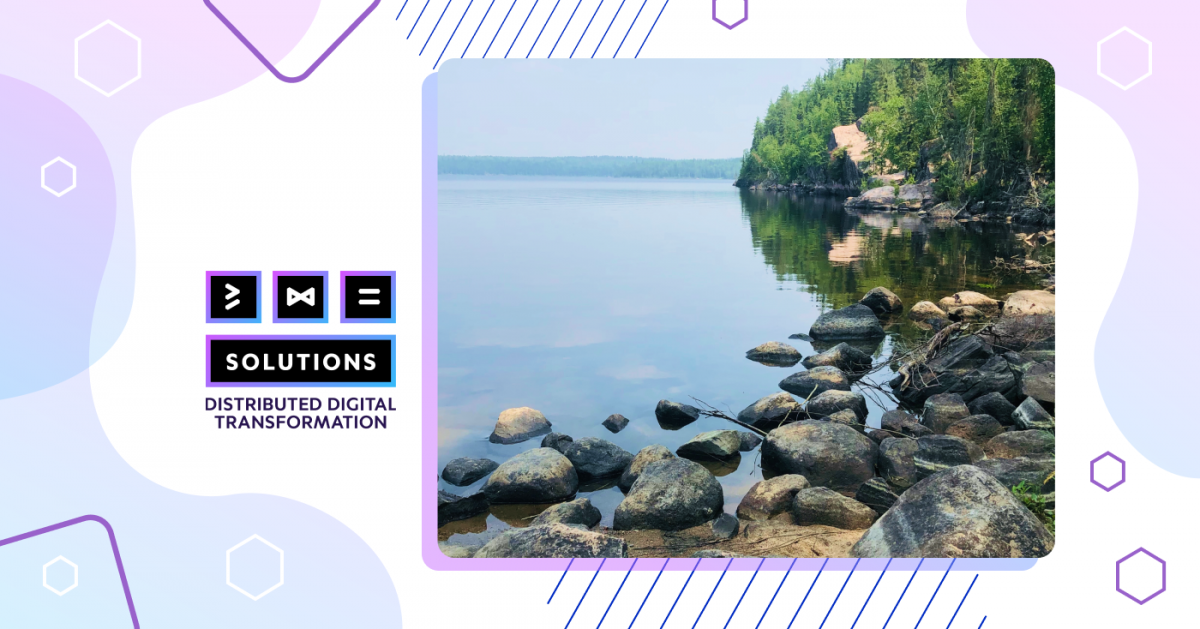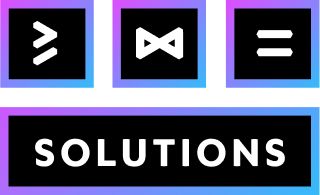
Blockchain and artificial intelligence are helping Lake Winnipeg and those who care for it build a future of clean and healthy water. This is a prime example of blockchain helping build future technological solutions.
When locals around Lake Winnipeg started seeing waves of green slime washing up on their shores, they decided to do something about it.
When there’s an overabundance of phosphorus, harmful levels of microscopic blue-green algae can grow on the surface of a body of water, turning the water toxic for fish, wildlife and people.
The Lake Winnipeg Foundation (LWF) and the International Institute for Sustainable Development — Experimental Lakes Area (IISD-ELA) are utilising new technologies and partnerships to find solutions for water issues, showcasing how blockchain is helping build future methodologies.
Using scientifically-vetted protocols, LWF volunteers take water samples at designated sites about twenty times a year.
Samples are all sent to a lab, where LWF staff then analyze them for phosphorus and present findings in various maps and reports. Up until recently, you’d have to sort through individual reports and data files to use that information. Now Canadians can see these findings instantly, just by visiting Lake Winnipeg DataStream website.
Blockchain Technology Helps LWF Makes Water Data Verifiable
LWF, through an RBC Foundation grant, helped launch DataStream by The Gordon Foundation in March 2019. LWF isn’t the only organization inputting data into DataStream. Half a dozen monitoring groups collaborate by sharing their data in DataStream.
The sharing of data works via blockchain technology, a crucial element in blockchain helping build future innovations in water management.
“Leveraging blockchain technology, DataStream provides a level of security and transparency that does not exist in any other known system for managing water data in Canada,” according to a post by Carolyn DuBois, director of the Water Program at the Gordon Foundation. “A ‘digital fingerprint’ allows users to independently track and verify any changes to datasets over time and gives assurances that data is authentic.”
The blockchain technology makes authentication possible for provincial and federal change-makers, concerned communities, and citizen scientists doing vital on-the-ground work.
As a result of the work being done in Canada by IISD-ELA, water policy began changing around the world.
IISD-ELA continues to do groundbreaking work. Supported by a grant from the RBC Foundation, over the next two years researchers at the station are examining how artificial intelligence can create solutions to water problems.
“By taking new technologies, such as artificial intelligence, and applying their unique power to our data analysis and our research,” said Geoffrey Gunn, geographer, IISD-ELA, “We will advance understanding of how aquatic ecosystems respond to stress — everything from changing climate to pollution. This will inspire new technologies and strategies for protecting our freshwater ecosystems.”
Given the pace of environmental changes we’re facing today, technology offers massive potential to develop new solutions to address water and climate changes.
